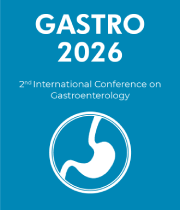Parietal Cell
Parietal cells are located in the stomach and are responsible for the production of hydrochloric acid, an important component of gastric juice. Hydrochloric acid helps break down proteins and other foods, allowing for their absorption by the body. Parietal cells also produce intrinsic factor, an important vitamin B12 binding protein. Parietal cells have a distinct appearance. They are large, have a pyramidal shape, and contain numerous mitochondria, endoplasmic reticulum, and Golgi bodies. They also have a highly specialized apical membrane, known as the canaliculi, which is responsible for the secretion of hydrochloric acid. The cells also contain a large number of microvilli, which are finger-like structures that increase the surface area of the cell and aid in the absorption of nutrients. Parietal cells are stimulated to produce hydrochloric acid and intrinsic factor by the hormone gastrin, which is released by the G cells in the stomach. Gastrin binds to receptors on the parietal cells and triggers the release of hydrochloric acid. Intrinsic factor is then secreted from the cells in response to a different hormone, called secretin, which is also released by the G cells. The parietal cells of the stomach play an important role in digestion, as they are responsible for the production of hydrochloric acid and intrinsic factor.



